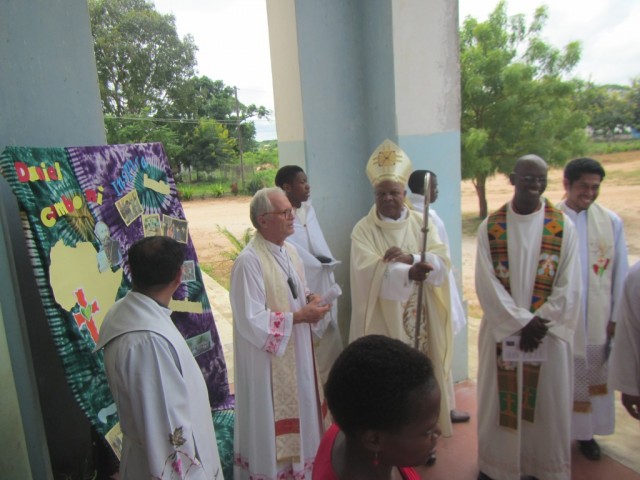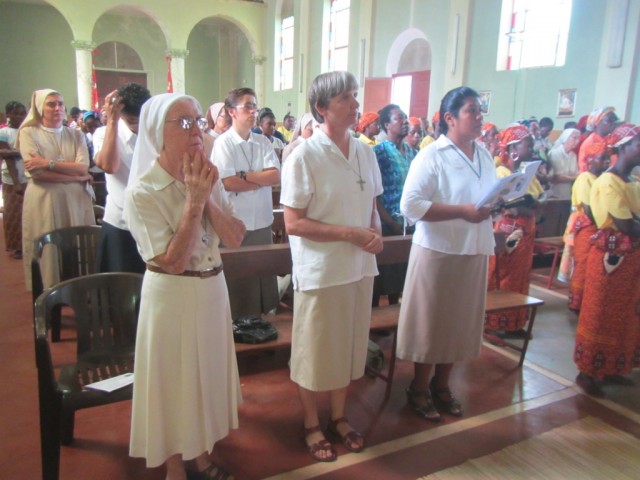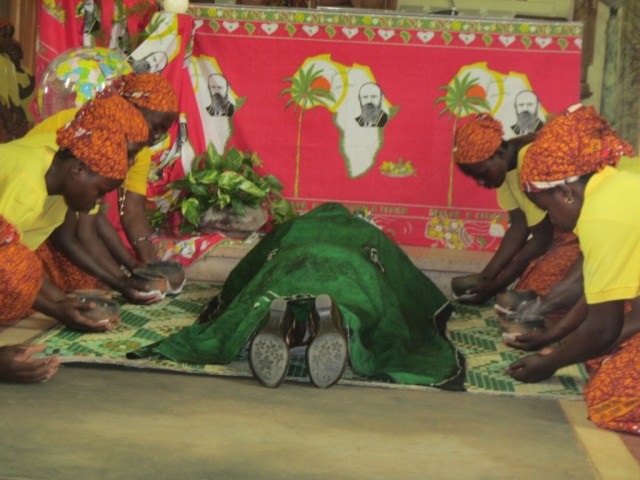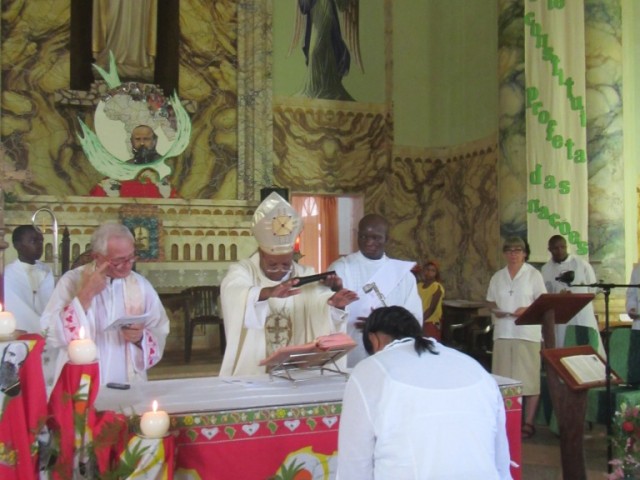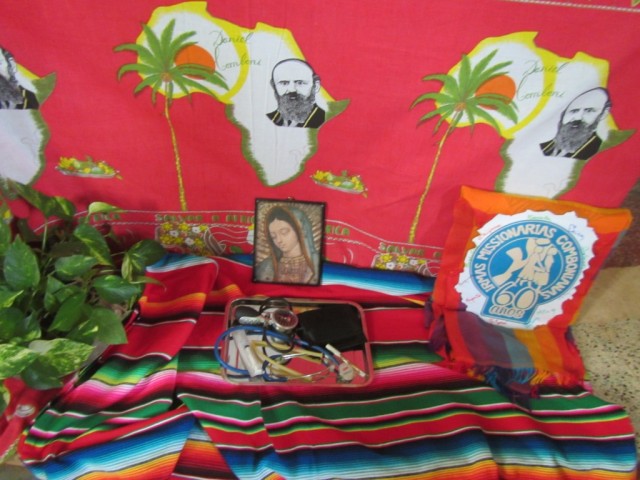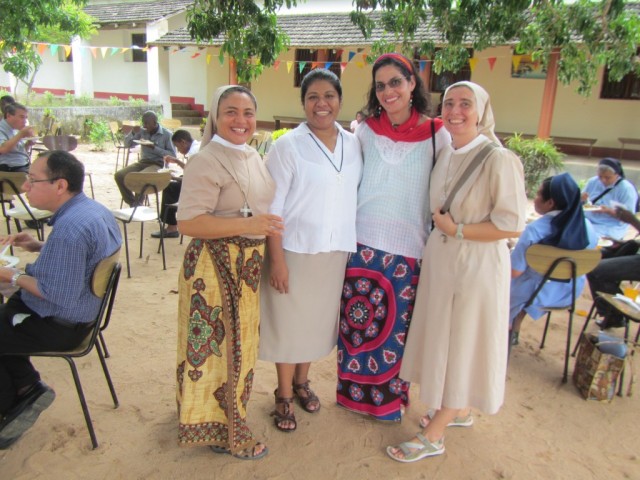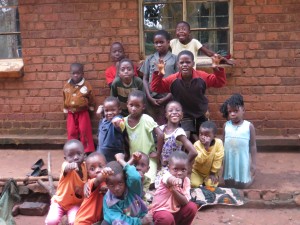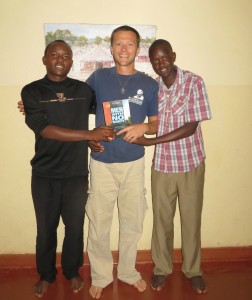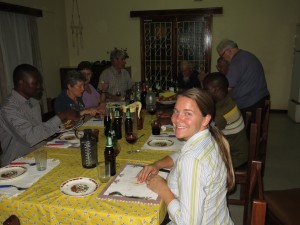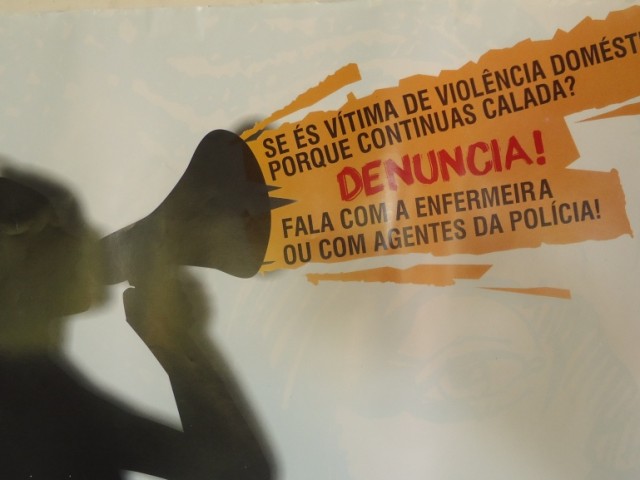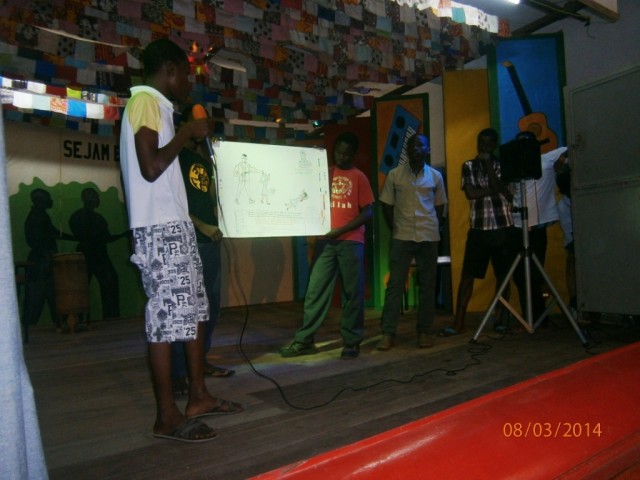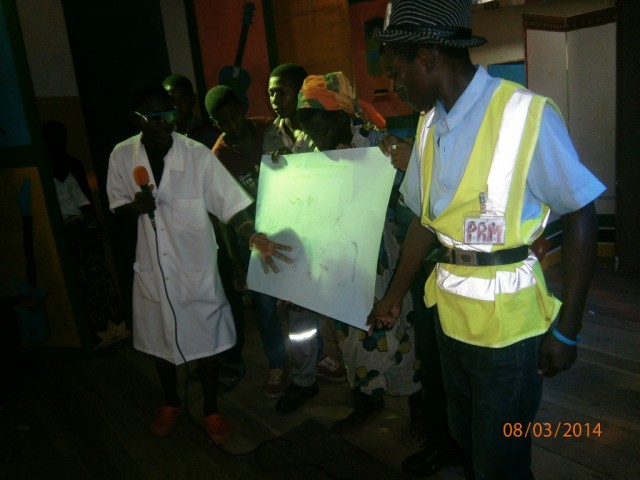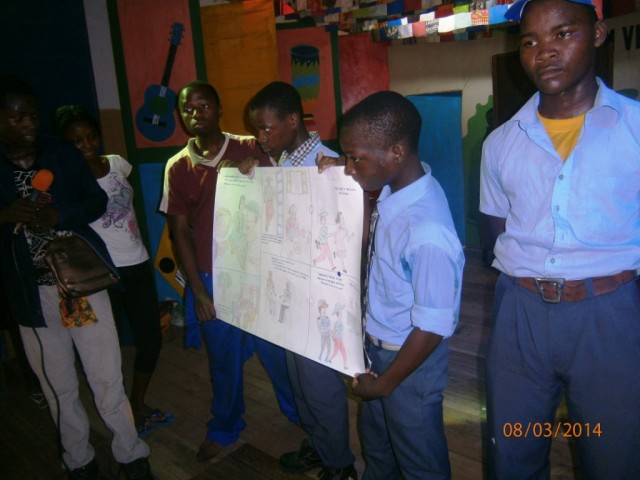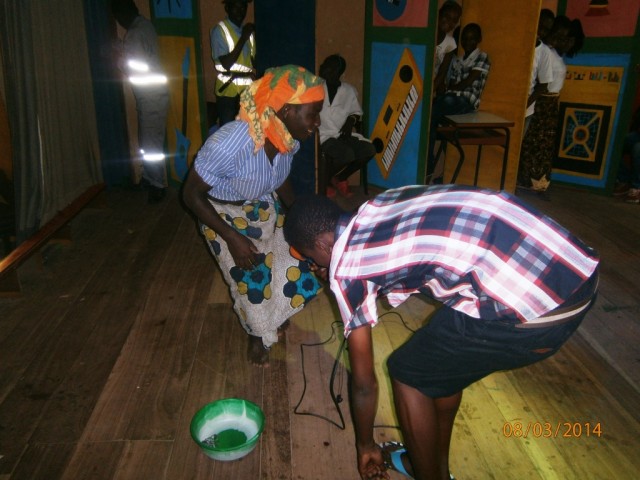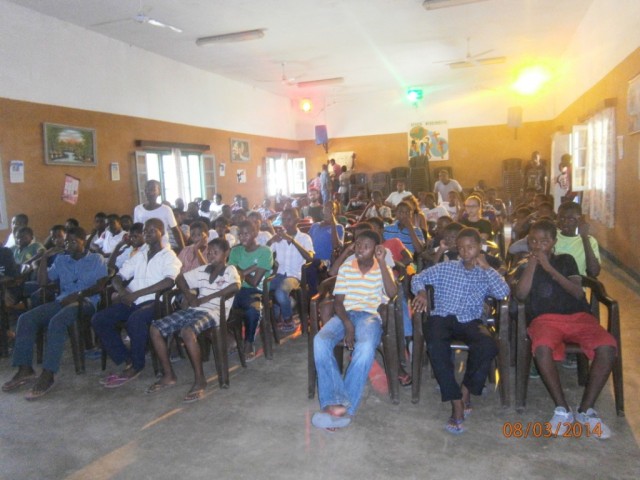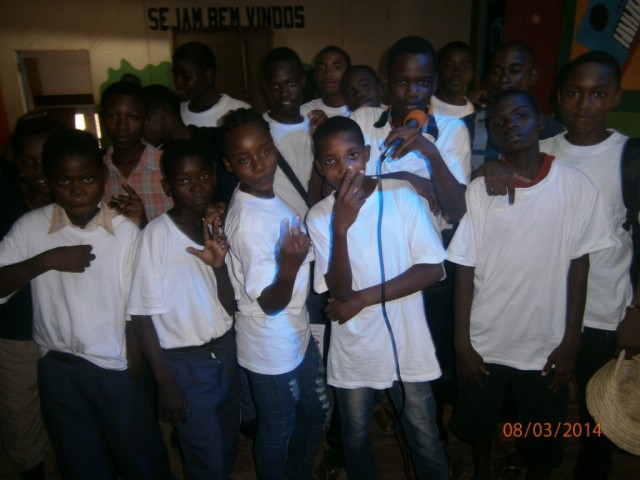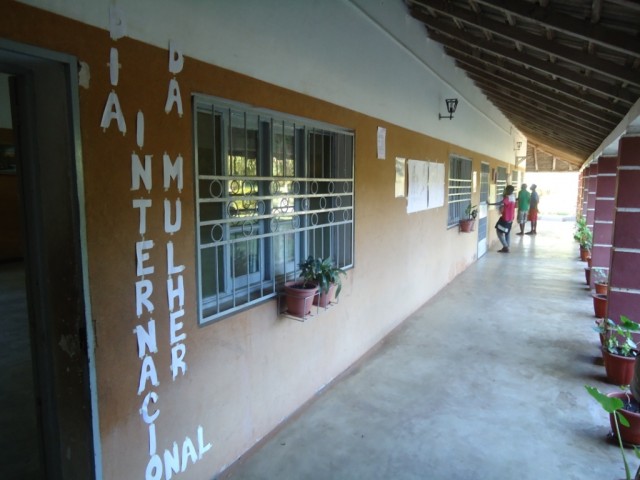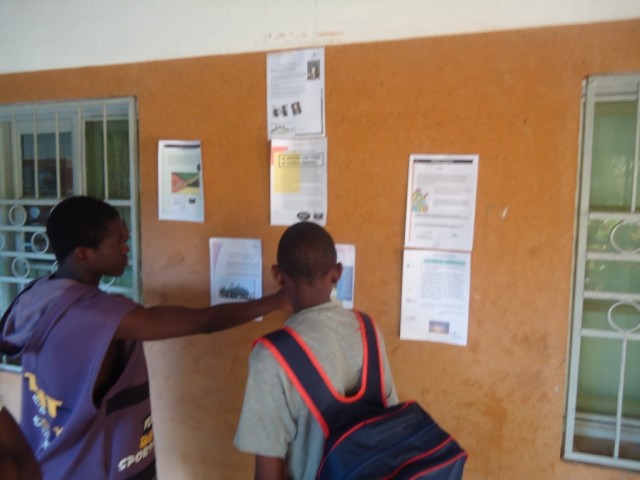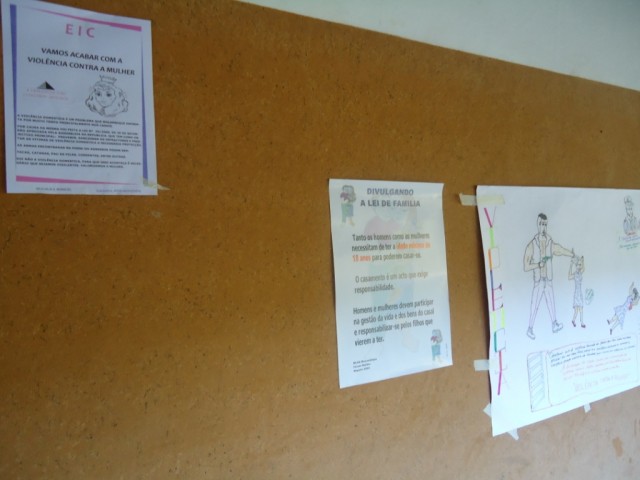Small chronicle of a great history
In February, I had the opportunity to visit the brothers CLM, Daniel (Peruvian) and Lety (Mexican) in the central highlands of Peru, in the District of Rondos, Lauricocha Province, Huanuco Department. It is a purely agricultural region where mainly potatoes, beans, corn are produced and cattle raised. It is famous for the production of cheese too.
There are already a few years that a community of CLM is present, since September of last year are Lety and Daniel and in late February 2014 Scharliman (a Brazilian sister) will join the team. So the international community will be completed.
We are at 3600 meters, the vegetation is sparse (eucalyptus and quinuales), and a few hundred meters above disappears completely. It is rainy season in the mountains; there is water everywhere, all green and mud galore. The road… a disaster…. and moving is an adventure. It is an area of frequent huaycos (landslides).
The height is serious stuff, oxygen is rarer, and many things are complicated: digestion, physical exertion, rest. I spent 4 nights up there and not many hours I could sleep well … over and over in the bed, one feels like it is choking and no matter how many sheep you count … that night becomes long. I already knew because I am a veteran of the mountain, but willingly endured because I wanted to visit the brothers. My respect and admiration for the brothers who go over there a few years of their life, for God’s sake, for the sake of that portion of God’s people, for love of the missionary vocation that has led them there.
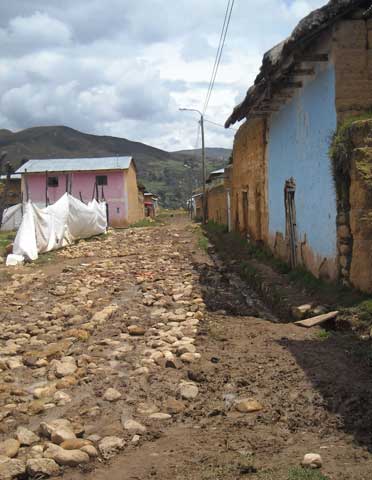 A village street of Rondos
A village street of Rondos
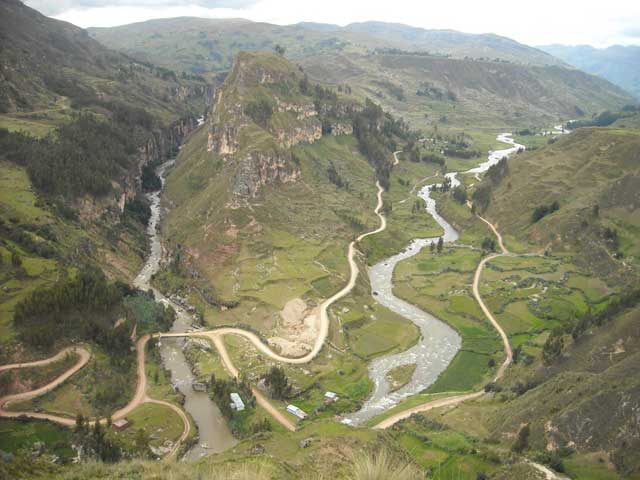 The gazebo, a stunning beauty
The gazebo, a stunning beauty
I noticed immediately how people greeted the brothers, know their name, they appreciate their simple and fraternal presence. And the kids, here as elsewhere, also are the most joyous and participatory … every time you hear someone shouting: brother, sister… that pretty.
The Comboni parish of Baños, covers a province, with 7 districts. They are 2 priests and a brother. To Rondos usually goes Fr Eliseo (Togo) for the celebration of the Eucharist. With him they are an Italian elderly father (Fr Lino) and one Spanish religious brother (Amancio)… internationalism everywhere… It happens to be 6 people from 6 different countries, the miracle of the Gospel and the Comboni charism.
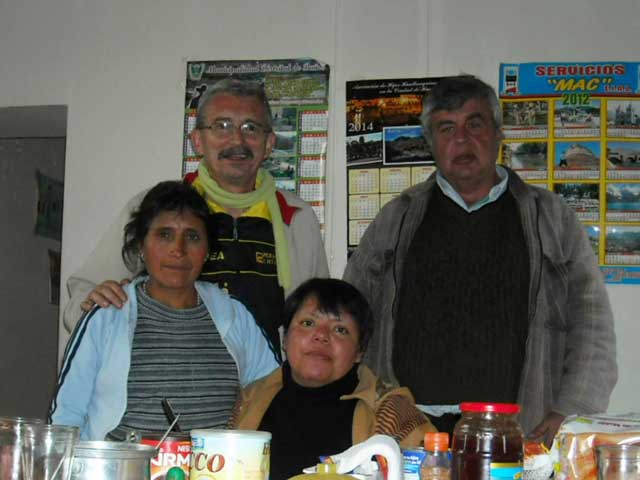 Fr Sergio (with the mustache), Daniel (CLM P), Ermelinda, catechist from Rondos and right arm of the CLM community and Lety (CLM Mx).
Fr Sergio (with the mustache), Daniel (CLM P), Ermelinda, catechist from Rondos and right arm of the CLM community and Lety (CLM Mx).
There is plenty of work: evangelism (celebrations of the word, visiting the sick, visiting schoolhouses to leave a message of faith and hope to the children, catechesis, etc. …and human promotion: library, remedial education, useful holiday, cooking workshops and crafts, games for the kids, etc. … everything go together, following the example of St. Daniel Comboni.
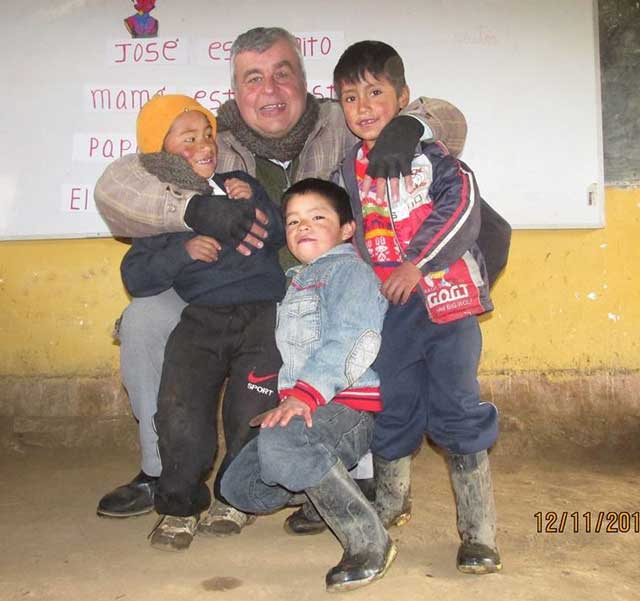 Daniel with some kids, look at his cheeks…. is the cold of the height.
Daniel with some kids, look at his cheeks…. is the cold of the height.
In Rondos is being written a page from the gospel, without trumpeting. Being there, I remembered many words of the Holy Scripture made raw flesh: is more blessed to give than to receive… or a glass of water given in my name to someone who is thirsty will not be forgotten… thank you Father for hiding these things from the wise and powerful and revealed them to the little… let the children come to me… whoever loses his life for my sake and the gospel will save it…
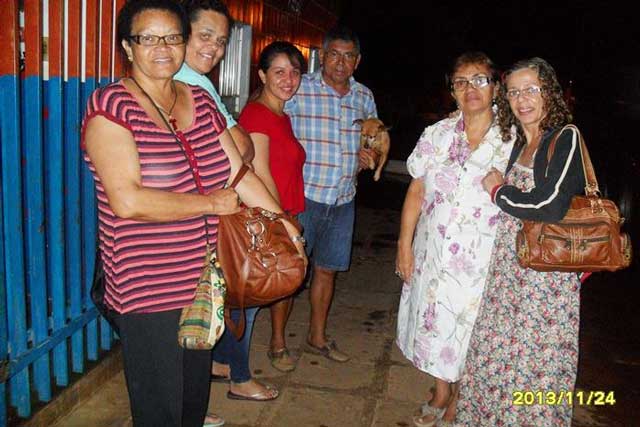 Scharliman, CLM from Brazil, the last on the right.
Scharliman, CLM from Brazil, the last on the right.
It is definitely a small big love story, there are so many … in one of the many existential peripheries of this world. A story that makes this world a more fraternal, more caring, more beautiful place for those who have been forgotten by the great of this world but they are very close to the heart of God, the Father of all good.
Fr Sergio Agustoni (MCCJ advisory of CLM in Peru).




